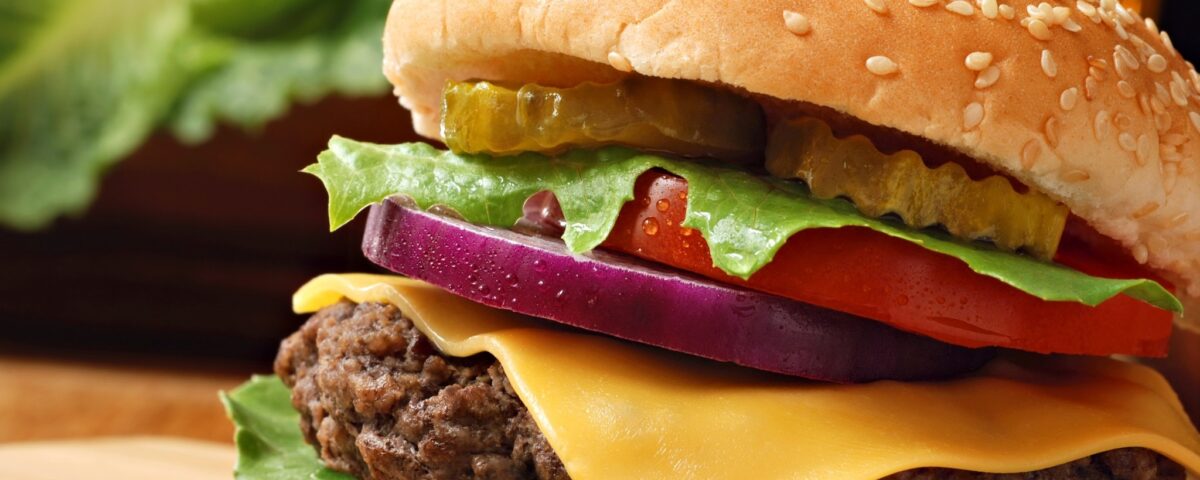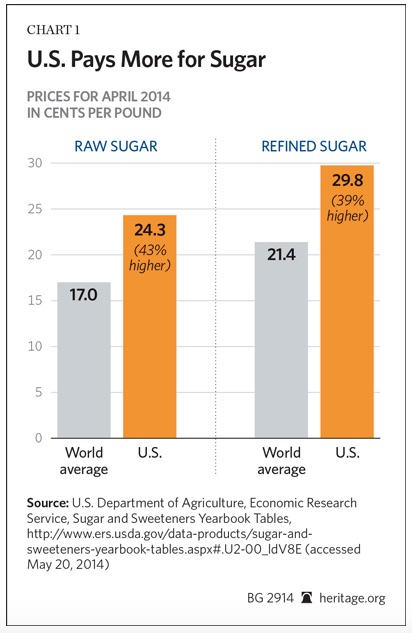
Weekly Economic News Roundup: From a Latte Price to an Amazon Bid
February 3, 2018
The Mom Penalty and the Dad Bonus
February 5, 2018If NAFTA unravels, so too could some of our hamburgers.
Where are we going? To the consumer side of free trade.
NAFTA Burgers
How do you get a NAFTA burger?
Just combine a cow from Alberta with a bun made from Saskatchewan wheat, a Mexican tomato, and some Arizona lettuce.
More precisely, those cows in Alberta are fed with corn from the U.S. Then, processed here, the meat might do the reverse trip as steak. As for the fries, yes, we grow the potatoes. But many were processed in Canada before returning as frozen french fries. And no, we don’t import pickles from Mexico. But they do send us lots of pickled nopalitos, pimentos and jalapenos.
The Invisible Consumer
Long ago, economist Milton Friedman pointed out that free trade has an invisible beneficiary. It is easy to identify the jobs and hear the outcry that imported goods can eliminate. For consumers though, the impact is harder to see,
We can take a look though through the history of sugar.
The U.S. has long had a sugar program. Dating back to 1920, and modified since then, the program uses quotas and tariffs to maintain a minimum price. Because we have a sugar tariff, raw sugar can cost an ignorable six cents extra (or more) per pound.
The result? Together consumers pay many millions of dollars more for our sugar. But individually, the amount is unnoticeable.
Our Bottom Line: Price Floors
As economists, we would say that a tariff creates a floor that prevents the price of sugar from descending. The price wants to be at equilibrium. But the floor stops it from sinking:
So, if NAFTA’s renegotiations bring tariffs to our hamburgers, we consumers might not recognize how much it costs us.
Our sources and more: Thanks to the Washington Post Wonkblog and the Herald News for their burger articles. We just needed to add the impact of a sugar tariff to see what would happen to our burger if NAFTA unraveled.
![econlifelogotrademarkedwebsitelogo[1]](/wp-content/uploads/2024/05/econlifelogotrademarkedwebsitelogo1.png#100878)






